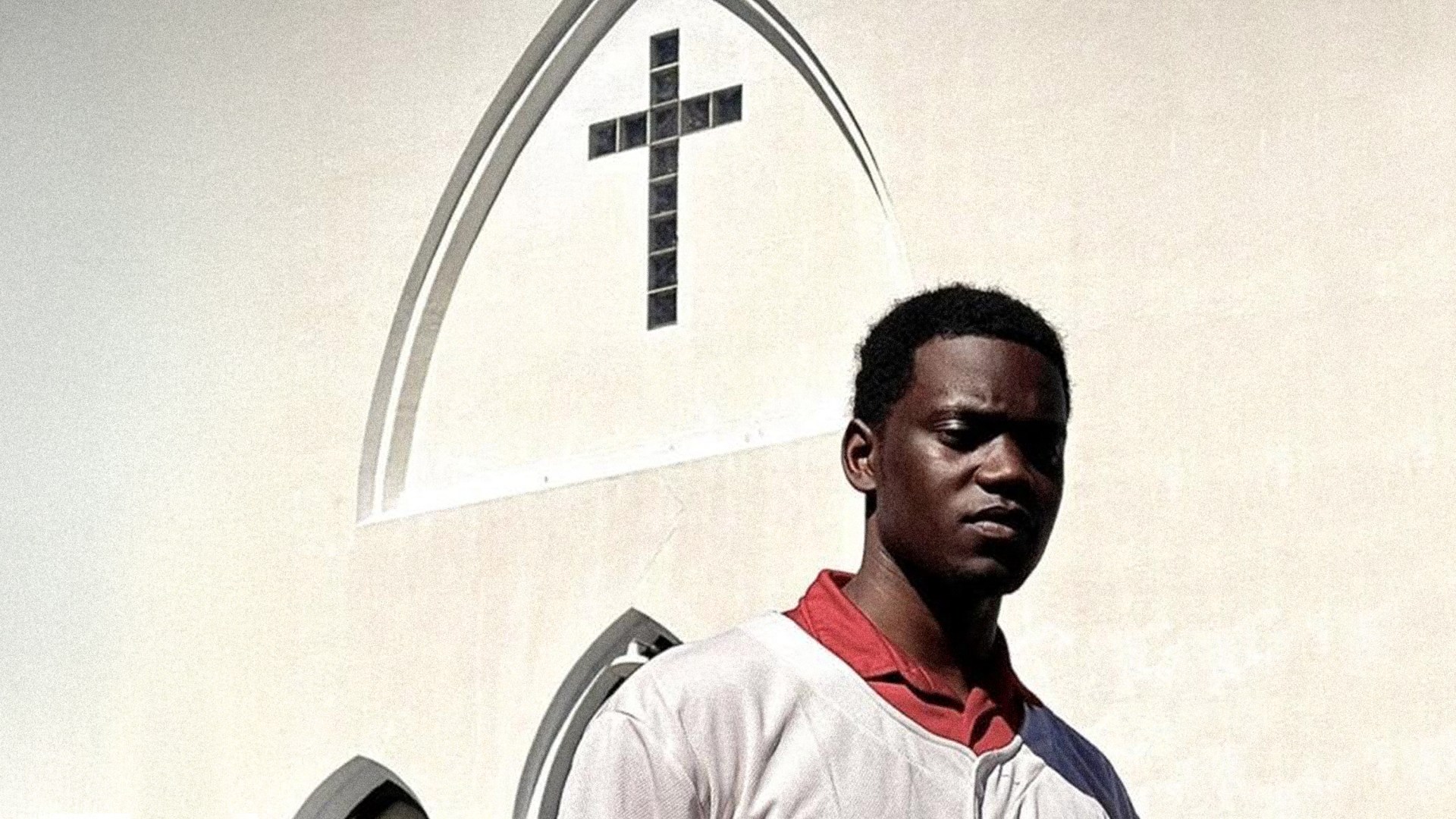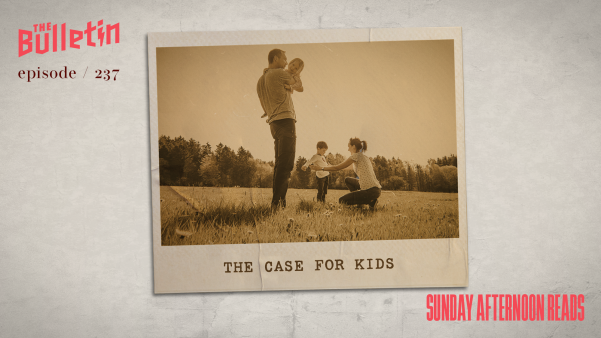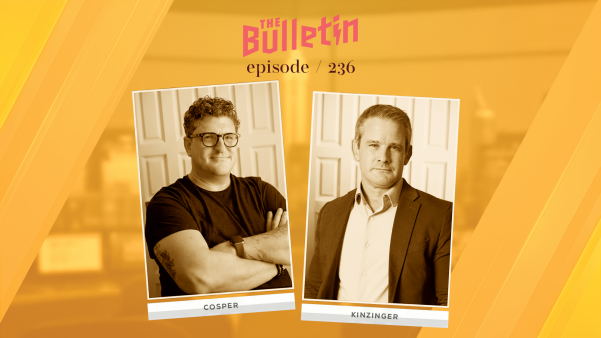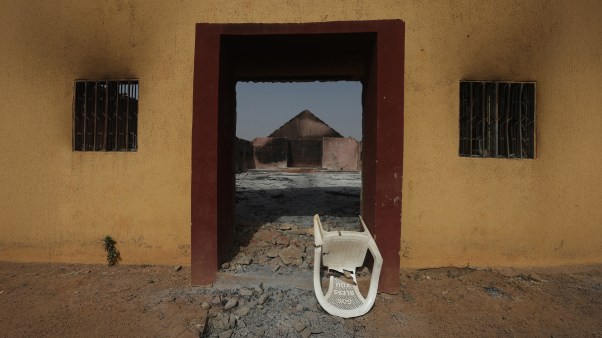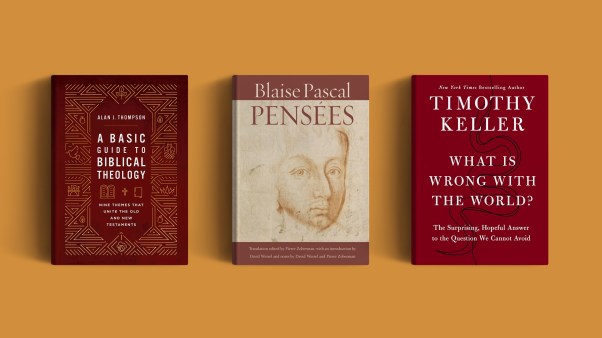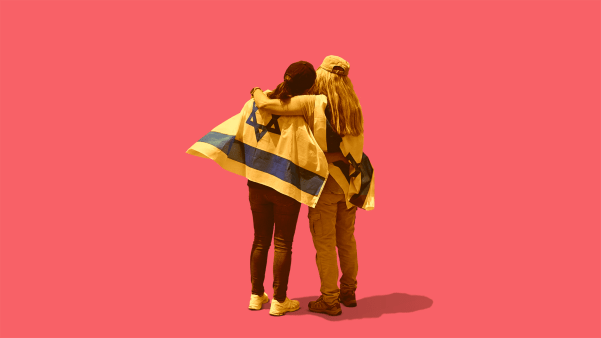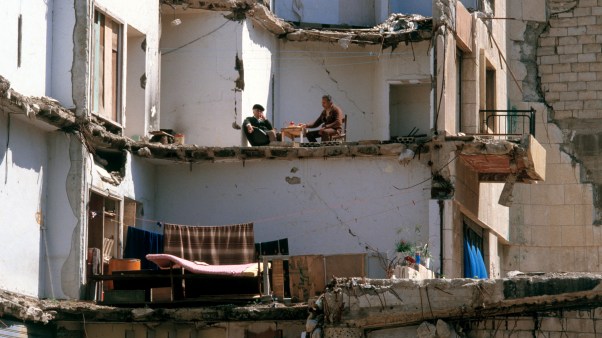Chris Singleton had just wrapped up a summer-league baseball game when the phone call came. It was ten years ago to the day, June 17, 2015, and on the phone was Felicia Sanders, a member of Emanuel African Methodist Episcopal Church in Charleston, South Carolina. Come down as soon as possible, Sanders said, because something terrible had happened.
Singleton rushed over. And there he was told that his mother and eight other people had been murdered by a white supremacist in what was then the deadliest mass shooting at a church in American history.
In the days to come, Singleton would learn the details of the heinous attack as its horrors were reported in the national news. The murderer was a man named Dylann Roof. He’d entered the church—the oldest African Methodist Episcopal congregation in the South, known as Mother Emanuel—after casing it on numerous trips from his home near Columbia, South Carolina. On the day of his assault, Roof was welcomed into a Wednesday-night Bible study in the church’s fellowship hall, where a member, Myra Thompson, was leading a discussion on the parable of the sower.
With his head hung low, Roof sat silently next to the pastor of the church, Rev. Clementa C. Pinckney, for roughly 45 minutes as attendees considered the passage. Then, as the group began closing prayer at around 9 p.m., Roof took out his gun and opened fire.
He killed nine: Pinckney; Thompson; Cynthia Hurd; Susie Jackson; Ethel Lee Lance; DePayne Middleton-Doctor; Tywanza Sanders; Rev. Daniel L. Simmons; and Chris’s mother, Rev. Sharonda Coleman-Singleton. A handful of others survived the shooting, including Felicia Sanders, who hid under a table with her granddaughter while Roof killed her son.
The massacre catapulted Mother Emanuel into the national spotlight. It set off conversations about racism, gun violence, and what the Confederate flag means in contemporary America. It also sparked debate about forgiveness—and its limits—as some family members of the victims extended forgiveness to an unrepentant Roof.
One of those family members was Chris Singleton. The night after the shooting, Singleton, then 18, told a reporter his family had forgiven Roof. It wasn’t a statement he had planned or prepared to make. “It was the Holy Spirit that placed that on my heart—and my lips,” Singleton told me during a recent interview.
In the decade that followed, several family members of the shooting victims shared their stories, Singleton among them. Following that off-the-cuff comment, he began traveling the country, speaking to students, nonprofits, churches, sports teams, and teachers about the dark day that has become central to his life’s purpose.
The goal, Singleton likes to say, is to be the opposite of his mother’s killer. He speaks often of eradicating racism and respecting people’s differences—of love and unity, though he understands unity must be appealed to, not demanded. Reaching one person who might otherwise be the next Roof, he told me, would make the whole project a success.
Singleton’s message is not a comprehensive solution to racial injustice in America, as he freely acknowledges. It’s a way to grab on to hope in the face of harsh winds, a real and raw demonstration of the Holy Spirit working in the lives of people despite unimaginable pain.
Born in Atlanta, Singleton moved to Charleston with his parents and two siblings around the age of 11. He remembers his father struggling with alcohol, which caused tensions between his parents and eventually led them to separate. That also left his mother with the challenging task of being the family’s sole provider as a high school track-and-field coach.
“One thing that was a blessing was that she never talked bad about him even though he probably deserved it in some cases,” Singleton said. “That’s the grace she showed toward our father.” She was a formative example for her son, who adored his father.
By the time Singleton entered middle school, the family had started attending church at Mother Emanuel. He served as an acolyte, and his sister participated in the praise-dance ministry. His mother, Sharonda, was working on a doctorate in speech-language pathology, but she soon became drawn to ministry and was ordained a few years later. Filled with joy, she dug deeper into her faith and spent more time praying and reading her Bible than ever before, Singleton told me.
In the months leading up to the shooting, things were looking up for Singleton despite his father’s absence. Then a freshman at Charleston Southern University, he’d started playing Division I college baseball, achieving a longtime goal. He’d recommitted his life to Christ and begun dating his now-wife.
The shooting scrambled everything. With one parent already largely out of the picture, Singleton stepped into a fatherly role for his younger brother and sister, who were 12 and 15 at the time. He pretended to be okay, trying to model strength and resilience for his siblings, who would move to Atlanta to live with an aunt. Later, however, Singleton realized he was only delaying the whole family’s grieving process.
The following fall he continued his college career, frequently traveling from Charleston to Atlanta for visits. In his junior year, Singleton was drafted by the Chicago Cubs, a job that allowed him to move his siblings back to Charleston. There they lived with his wife, Mariana, as he traveled the country for work with different baseball teams.
Around the same time, his father passed away, and Singleton finally broke down and fully grieved his losses. He saw a therapist for the first time and, in the off-season, began to take speaking engagements developing his themes of unity and love. When his baseball career ended in 2019, the talks became a full-time job. He prayed, Singleton told me, and realized that sharing his story was something he was “supposed to do.”
But in America’s polarized politics, Singleton’s hope-filled message is facing headwinds. In recent months, his speaking requests have dwindled, in part because of widespread cuts to diversity programs, which often funded his talks. In 2025, he said, he expects about half the 140 or so engagements he had last year.
And beyond that practical difference, a decade after Charleston, working toward unity—and its traveling companion, justice—can seem like a fool’s errand.
National conversations around race are shrouded in suspicion or outright hostility. Online, the loudest megaphones are often held by those who discount the reality of racism and present-day legacies of America’s horrid racial history—and by those who stand ready to cancel anyone for the slightest misspeaking or past sins they’ve acknowledged with remorse. Even inside the church, as And Campaign president Justin Giboney succinctly described in a CT article, the conversation about racial unity feels increasingly like “a battle between those who were blind to the sin of racism and those who believed racism and sexism were the only sins.”
Charleston’s churches are no exception to that national trend. Around the port city, reconciliation efforts have met roadblocks.
After the shooting, a theologically and racially diverse set of ministry leaders—Reformed and charismatic, Black and white—came together to found a reconciliation organization called 1Charleston. Named after a one-off conference that had taken place a year prior, it organized volunteers into further action, hosting workshops, conferences, and nights of prayer and worship.
The immediate motivation was the massacre, of course, but the organizers were working in a city that carries a particularly painful racial history. In 1822, South Carolina authorities squashed a slave revolt planned by Denmark Vesey, a leader in the church that would later become Mother Emanuel. Vesey and 34 others were executed, and the church was burned to the ground. And four decades later, Confederate troops fired the first shots of the American Civil War at Fort Sumter, located in the Charleston Harbor.
“A lot of people ask themselves, ‘How could this happen?’—and that’s actually the sentiment that galvanized us,” said Philip Pinckney (no relation to the pastor killed in the attack), a former pastor of a multiethnic church, who led 1Charleston for several years. “What do you mean, ‘How could this happen?’”
As it set about responding to that question with answers grounded in local history, 1Charleston was not without its difficulties. The organization encouraged multiethnic ministry, which concerned a few Black pastors, Pinckney told me in an interview. They worried that it would cause brain drain in the Black church, siphoning off promising leaders to other congregations and projects.
Pinckney, who was born and raised in Charleston, said he likely had hundreds of coffee meetups with pastors, most of whom were white. But after a few years, he tired of having the same conversations over and over. He felt as if he were endlessly trying to convince white clergy that directly addressing racism should be a priority in the church.
“The most charitable retelling would be that there was a constant need for more information,” Pinckney said. White pastors often answered his pleas to speak out against police killings by saying they didn’t want to “get political.”
Their sentiment, he mused, “really boils down to ‘It’s not my problem.’”
A few years after 1Charleston launched, Pinckney left, and the organization ultimately stopped its work. Pinckney also left pastoral ministry, though he said he’s still devoted to helping pastors become courageous about pursuing racial justice, which he sees as the prerequisite to unity. He still wants to encourage clergy to nurture conversations about race in America, including those that could inspire backlash from their congregations or come with some other personal cost.
In Charleston and beyond, that remains more easily said than done. The decade since the Mother Emanuel tragedy has been marked by contention around race both inside and outside the American church. Those few years include three bitterly divisive presidential elections, the racial justice protests of 2020, debates over critical race theory and where it’s taught, and rapidly changing policies around diversity programs in academic, corporate, and government settings. White evangelical support for Donald Trump has caused many Black Christians to question their future in predominantly white churches.
South Carolina, for its part, has made positive changes by removing some Confederate symbols from public spaces. But lawmakers in the state continue to sit on a hate-crime bill named after the late Rev. Pinckney, which rightfully has frustrated and angered some of the family members of the shooting victims.
Even amid setbacks, the perseverance of Singleton and many others who have labored around the call for unity is a reminder that the church is called to reconciliation with God and one another (2 Cor. 5:16–21)—both for ourselves and as a model to our unchurched neighbors. But for many believers, resignation and exhaustion have instead crept in. I feel it myself.
But though we may be weary, “let us not become weary in doing good, for at the proper time we will reap a harvest if we do not give up” (Gal. 6:9). Unity is more than a nice aspiration. It is a biblical command—but one to which we should appeal on the basis of love (Phm. 1:8–9). While pursuing justice, we must also “make every effort to keep the unity of the Spirit through the bond of peace” (Eph. 4:3), get rid of divisions in our midst (1 Cor. 1:10), and be reconciled to other saints before God (Matt. 5:23–24).
We must preach the whole counsel of God, the parts that easily fit our political persuasions and the parts that don’t. Unity often comes at a cost—often, as pastor Thabiti Anyabwile wrote in 2018, at the cost of humility. Until what we see around us reflects what we will find in heaven (Rev. 7:9), perseverance, forbearance, and endurance must be our call.
Haleluya Hadero is the Black church editor at Christianity Today.

